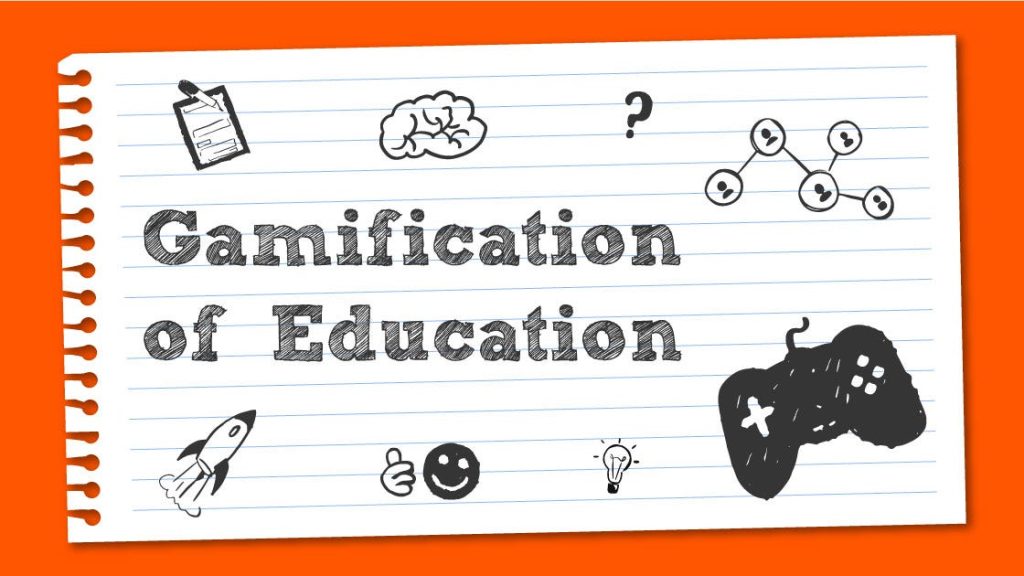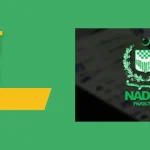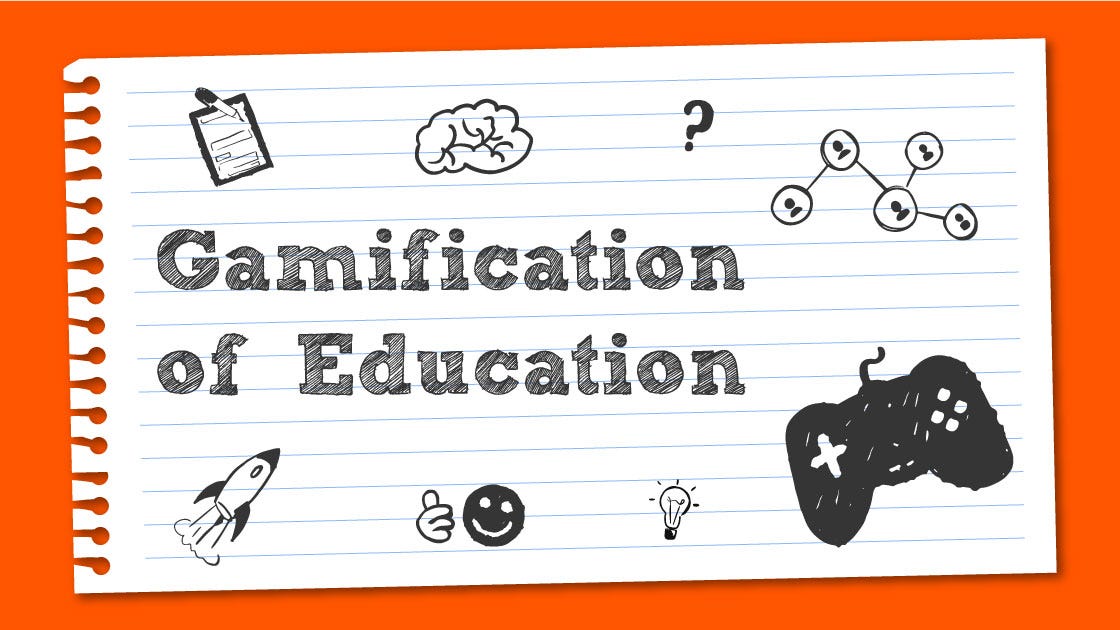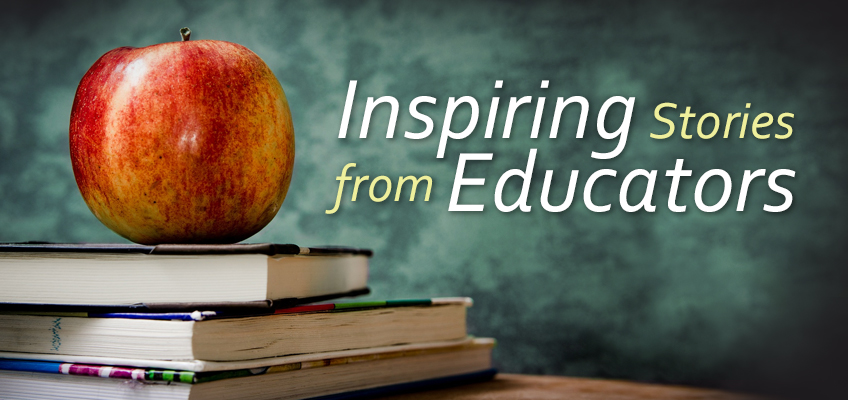
🎯 Introduction: When Classrooms Feel Like Games
In an age dominated by screens, scrolling, and short attention spans, traditional lectures often struggle to hold students’ attention. Enter gamification—the use of game elements like points, levels, challenges, and rewards to make learning more engaging, motivating, and effective.
What if solving math problems felt like beating a level in a video game? That’s what gamified education aims to do.
🕹️ 1. What Is Gamification in Education?
Gamification is the application of game mechanics and design thinking in non-game environments, like classrooms and e-learning platforms. It taps into human psychology by triggering:
- Competition
- Achievement
- Curiosity
- Reward feedback loops
The goal? To boost participation, increase retention, and make learning fun.
🧩 2. Common Game Elements Used in Learning
| Game Mechanic | Educational Use Case |
|---|---|
| 🎯 Points | Earned by completing quizzes or assignments |
| 🏅 Badges | Awarded for mastering skills |
| 🎮 Levels | Progression through difficulty tiers |
| 📈 Leaderboards | Track performance relative to peers |
| 🔓 Unlockable Content | Gated lessons or videos after task completion |
| 🎁 Rewards & Prizes | Incentives like extra credit or digital perks |
| ⏱️ Timed Challenges | Speed-based tasks to add urgency and focus |

📚 3. Why Gamification Works in Education
🧠 A. Engagement Boost
Games trigger dopamine—the “feel-good” chemical. This boosts attention, focus, and motivation.
🔁 B. Instant Feedback
Unlike traditional assignments, games offer real-time feedback so learners know immediately if they’re on track.
📈 C. Encourages Mastery
Students are more likely to retry tasks to achieve higher scores or unlock rewards.
🧭 D. Personalized Pathways
Gamified apps often adapt to a learner’s pace and style.
🏫 4. Examples of Gamification in Classrooms
- Quizizz: Interactive quizzes where students earn points and compete in real time
- Kahoot!: Game-show style trivia that turns review sessions into friendly battles
- Classcraft: Turns classroom behavior into a fantasy role-playing game
- Duolingo: Teaches languages using streaks, hearts (lives), XP, and levels
- Prodigy: Gamified math for elementary school students with RPG mechanics
🌍 5. Gamification in Online Learning Platforms
| Platform | Game Features |
|---|---|
| Coursera & edX | Badges, certificates, progress tracking |
| Khan Academy | Energy points, avatars, level-ups |
| SoloLearn | Coding challenges, XP, daily streaks |
| Brilliant.org | Unlockable problem sets and interactive lessons |
| Google Classroom | Add-ons that integrate points and gamified grading |
🧪 6. Real-World Outcomes of Gamified Learning
📊 Improved Performance
A 2022 meta-analysis found that students in gamified environments scored 14% higher on assessments than those in traditional classrooms.
👥 Better Collaboration
Team-based challenges promote peer-to-peer learning and cooperation.
🔁 Higher Retention Rates
Gamification improves content retention through repetition + motivation mechanics.
🧱 7. Potential Challenges of Gamification
| Challenge | Description |
|---|---|
| 🎭 Superficial Engagement | Students may play for points, not understanding |
| 🧑🏫 Teacher Burden | Gamifying lessons takes time and creativity |
| ⚖️ Inequity Risk | Not all students respond the same to competition |
| 🧍♂️ Distraction Potential | Games may shift focus away from actual learning |
📘 8. Best Practices for Educators
- Start small: Gamify one activity at a time
- Focus on learning goals, not just fun
- Balance competition: Avoid discouraging struggling students
- Use diverse mechanics: Combine collaboration, exploration, and storytelling
- Include reflection: Let students evaluate what they learned, not just what they scored
📲 9. Future of Gamification in Education
🧠 AI + Gamification
Adaptive learning platforms will adjust difficulty based on performance, offering personalized challenges.
🕶️ VR Classrooms
Gamified simulations in VR will allow students to:
- Perform virtual surgeries
- Explore ancient cities
- Conduct chemistry experiments
🌐 Global Game-Based Platforms
Universal learning games that connect students across countries and cultures.

✅ Conclusion: More Than Just a Game
Gamification is not about turning schools into arcades. It’s about making learning:
- Immersive
- Rewarding
- Student-centered
When done right, gamification transforms passive learning into active exploration. It gives students a reason to care, to try, and to grow.
In the classroom of the future, learning isn’t just measured in grades—it’s measured in quests completed, badges earned, and curiosity sparked.










